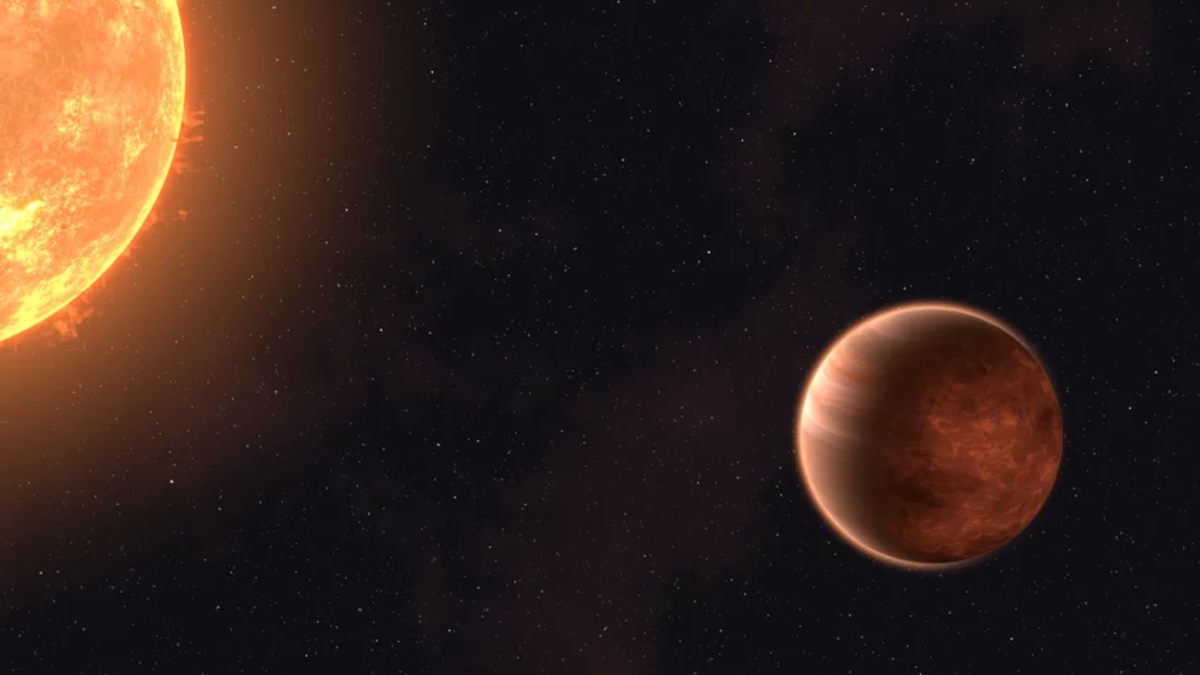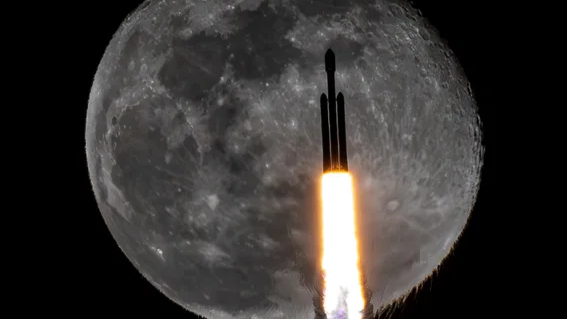The Weather Report of JWST for Exoplanet WASP-43b
The James Webb Space Telescope (JWST) recently provided a detailed weather report for a distant planet known as WASP-43b. This powerful space telescope revealed extreme wind speeds, scorching temperatures, and a unique cloud composition on the alien world, showcasing the diversity of exoplanets beyond our solar system.
Characteristics of WASP-43b
Located approximately 283 light-years away from Earth, WASP-43b orbits its star in just 19 Earth hours due to its close proximity. The planet is tidally locked, with one side constantly facing the star, leading to daytime temperatures of 2,300 degrees Fahrenheit and nighttime temperatures dropping to 1,110 degrees Fahrenheit. These extreme conditions classify WASP-43b as a “hot Jupiter” planet, highlighting its inhospitable environment.
The JWST Transiting Exoplanet Early Release Science (JTEC-ERS) team utilized the telescope’s Mid-Infrared Instrument (MIRI) to study the climate of WASP-43b in detail. The observations unveiled a world characterized by furious winds, significant temperature fluctuations, and cloud cover likely composed of rock droplets, painting a vivid picture of this alien planet.
Insights from JWST Observations
By analyzing the infrared light emitted by WASP-43b, the JTEC-ERS team created a map showcasing the temperature distribution across the planet. The observations revealed that the stark temperature differences between the day and night sides of the planet indicate the presence of a thick cloud cover, potentially made of vaporized rock material.
The team’s examination of WASP-43b’s atmosphere through spectroscopic analysis indicated the presence of water vapor throughout the planet’s atmosphere. Surprisingly, the absence of methane on the planet was a notable finding, challenging conventional expectations regarding hot Jupiter exoplanets.
Ongoing JWST Investigations
Further studies using JWST’s Near-Infrared Spectrometer (NIRSpec) instrument are currently underway to enhance the understanding of WASP-43b’s chemical composition. These follow-up observations aim to provide detailed insights into the planet’s gaseous carbon monoxide levels, offering a comprehensive overview of this extreme exoplanet’s atmospheric properties.
The fascinating discoveries related to WASP-43b were recently published in the journal Nature Astronomy, underscoring the valuable contributions of the James Webb Space Telescope in expanding our knowledge of distant worlds and enriching our understanding of the vast complexities of the universe.
Image/Photo credit: source url





